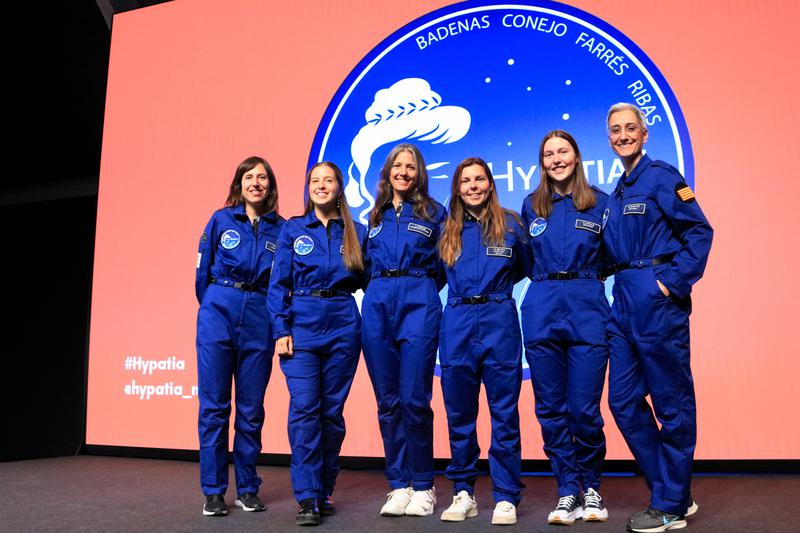Nine Catalan female scientists embark on mission to Mars Desert Research Station
Hypatia I aims to promote research and inspire girls: “The dream of going to space has no gender”

A group of seven Catalan female scientists will soon be traveling to Utah, in the United States, to spend two weeks at the Mars Desert Research Station (MDRS) where they will be able to simulate conditions on the red planet.
Two reserves will remain in Catalonia, ready to travel to the facilities managed by the Mars Society in the event of an emergency during the mission which will take place from April 16 to 29.
Named after the Neoplatonist philosopher, mathematician, and astronomer who lived in Egypt over 1,600 years ago, the Hypatia I crew has the aim of promoting scientific research and space exploration while also inspiring younger generations of women and girls to pursue careers in STEM.
"The dream of going to space has no gender"
“The dream of going to space has no gender,” crew commander Mariona Badenas-Agustí said via videolink from the United States during a press conference that took place on Wednesday at Barcelona’s Llotja de Mar.
Indeed, Badenas-Agustí, a PhD candidate in planetary sciences at MIT, remarked that this Wednesday is the 62nd anniversary of Yuri Gagarin’s 1961 mission and humankind’s first time in outer space, and yet still under 7% of spacewalks have involved women.
"The aerospace sector is a very masculine sector," lamented Helena Arias, one of the backup crew members. A physics and engineering student at the Polytechnic University of Catalonia, there are only 6 women out of the 60 people in her year.
Simulating conditions on Mars
The mission to the MDRS will allow the scientists to simulate what it would be like to live and work on Mars.
The Utah desert, topographically and geologically similar to the planet, is also rich in ferrous materials and has significant temperature swings and low humidity, making it the ideal place to conduct research.
“Some things cannot be tested from a lab in Barcelona,” Carla Conejo González, the crew executive officer and biologist said.
The crew will conduct observational astronomy projects, biological projects assessing the viability of life on Mars, and engineering experiments while also focusing on outreach and communication with the goal of making science more accessible to others. These experiments will involve, for example, using urine to grow soybean sprouts or studying single-cell organisms.
This also means the women will have to eat dehydrated food, ration water, and wear space suits that would protect them in the hostile red planet environment.
Hypatia II?
Given the widespread interest in Hypatia's first mission, the scientists hope to organize a second one in 2025, with subsequent missions every two years.
This, they say, will depend on funding - the current mission’s total cost is around €50,000 they obtained mostly from the Catalan government, the Banc Sabadell Foundation, and the Pedrera Foundation - and not on female talent.
“It wasn’t hard to find women for this mission,” Badenas-Agustí said. “There are talented women everywhere.”